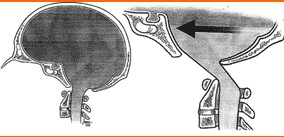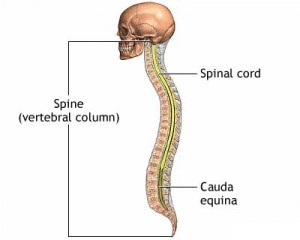Tag Archives: science
Humans made of water
Magnificent giant sequoia: biggest tree in the world
HOUR OF CODE WEEK
“Free Electric”: 1 hour of cycling gives 24 hours of power
Fireman gets face transplant
How to make Magic Mud – from a potato!
How to make gooey slime with corn flour and water
SpongeBob SquarePants tells us about plankton
baby’s head reattached by doctors in medical miracle
Toddler’s head reattached by doctors in medical miracle – YouTube.
This 16 months old baby was in a car crash with his mother and sister. The impact was severe and he suffered internal decapitation: his spine was dislocated, the head separated from the neck (only the bones were separated, the spinal cord inside and the skin and flesh around were still attached).
Vocabulary:
World’s largest hornet
Science fact: mosquito bites
Optical illusion
Science fact : mosquitoes
Math through the years
Climate change – trust scientists!
Science fact: cat pee
Sally Ride, first woman astronaut to go into space 32 years ago
Grumpy Cat loves Math
5 salt tricks that look like magic
How deep is the ocean?
Kindergarden girls show Obama their science project
Why do we find giant pandas so cute?
Pi: 3,14… a magical number put into music
As you might recall from math class, pi is the ratio of a circle’s circumference to its diameter. This irrational number—approximately 3.14159—shows up quite frequently in many mathematical applications, including geometry and trigonometry.
The first attempts to calculate pi can be traced back to ancient Babylonians, who calculated the area of a circle as three times the square of its radius, making the value of pi equal to 3. One Babylonian tablet indicated they got as close as 3.125 and later calculations by the ancient Egyptians (ca. 1650 BC) approximated pi as 3.1605.
The number today is celebrated around the world on March 14, which when written out numerically is 3.14.
On YouTube, Michael Blake decided to pay tribute to Pi. By assigning a number to each musical note, he was able to create a composition by playing out the digits of pi. View the video of his piece below.















